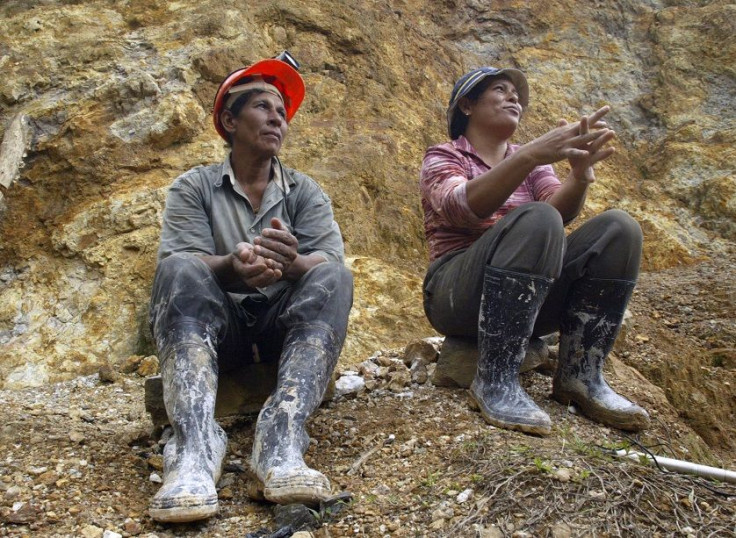Miners Begin to Recover from Atacama Deluge

Chile's Atacama Desert is home to several major copper and titanium mines, and the recent torrential rainfall has forced many of these mines to temporarily shut down as the Chilean government declared a state of emergency on the usually arid region. The Copiapo River experienced heavy flooding in numerous locations, closing down provincial roads and disrupting access to some mine sites. As the effects of the deluge subside, affected mines are starting to recover, despite negative revenue impacts due to operation disruptions.
One of the affected companies is Chilean state-owned copper mining giant Codelco, which was forced to shut down its Chuquicamata, Radomiro Tomic, Ministro Hales, Salvador and Gabriela Mistral mines for three days as rains caused dangerous conditions for the giant trucks the mines depend on. Seventeen workers who got stranded at the Salvador mine site were evacuated safely.
Codelco was able to resume operations on March 26 for most of its Distrito Norte mines, although the Salvador site remained closed due to unsafe operating conditions. The impacted operations accounted for around 60 percent of its copper output, so Codelco is now estimating a five percent year-on-year drop in copper production to 1.6 million tonnes.
But before Codelco suspended its mines, Lundin Mining's Candelaria and Ojos del Salado mines had to close down its mining activities temporarily after rainfall and flooding affected power and access to the site. Located near the city of Copiapo, both mines also resumed operations on March 25, although Candelaria was still operating at half capacity. Full production is expected to ramp up before April ends, once regional roads and site access are restored and full crews are able to return to work. Lundin Mining expects the Candelaria mine to produce as much as 135,000 tons of copper in 2015 costing around U$1.55 [$2] per pound.
Chile-based copper producer Antofagasta also had to shut many of its operations due to safety reasons, including its Centinela, Michilla and Antucoya mines. However, its biggest mine, Los Pelambres, continued to operate. The company also indicated that "some processing of stockpiled material" was possible even during the closing of the mines.
According to a statement released by the mining firm, "The impact of the rain on the operations is currently being assessed and normal operations are expected to resume as soon as the situation improves." It resumed normal operations on April 1. The company expected to produce 710,000 tonnes of copper for 2015, although this figure might have to be re-evaluated after five days of mine closure.
Meanwhile, titanium miner White Mountain Titanium Corporation (OTCQB:WMTM) released a statement that the heavy rainfall in the Atacama Region did not affect operations in its Cerro Blanco Project. White Mountain currently holds mining concessions on the Cerro Blanco property, consisting of 41 registered mining exploitation concessions and 34 mining exploration concessions.
The company has already conducting in-fill drilling on three of the nine rutile targets on Cerro Blanco, and commencement of production is expected at the end of 2017 after completion of its final feasibility. Shares of White Mountain Titanium Corporation is up by 8.56 percent on Monday's closing.
To contact the writer, please email a.lu@ibtimes.com.au.





















